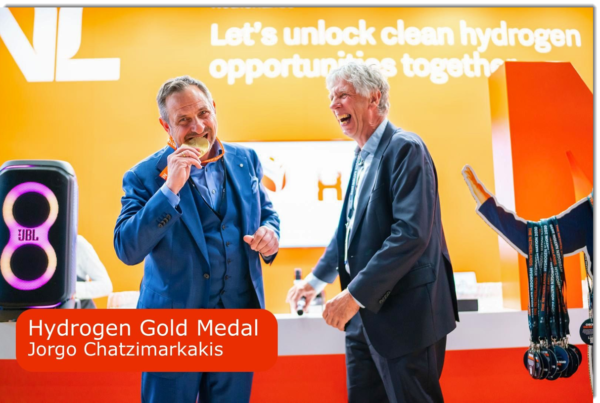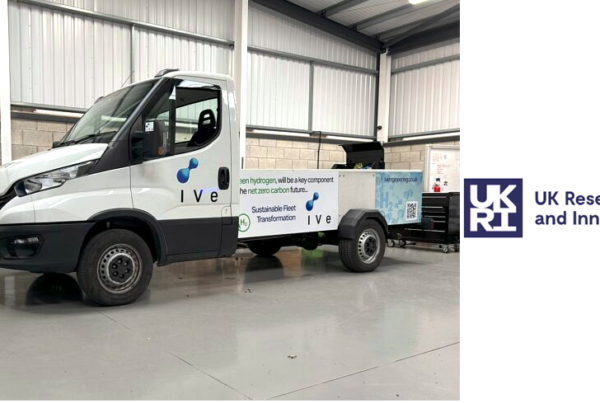
LONDON – Europe’s foremost energy regulators have recommended flexibility in developing decarbonised gas and hydrogen markets, as well as differentiated tariffs for hydrogen and methane.
In the eleventh edition of the annual Market Monitoring Report (MMR), the Agency for the Cooperation of Energy Regulators (ACER) and the Council of European Energy Regulators (CEER) outlined hydrogen production costs, supply and demand. Out of these wider developments, ACER and CEER provided regulatory recommendations to the market from a wide pool of European regulators.
Regulation has become a key area of focus, with multiple market participants noting its importance at European Hydrogen Week in Brussels in October.
REGULATORY RECOMMENDATIONS
ACER and CEER noted that the nascent hydrogen market’s limited infrastructure, production and offtake base will mean new legislation will need to take account and try to balance uncertainties.
These unknowns include record high energy prices, demand reduction targets and changing cost-competitiveness of low-carbon technologies, factors the European energy regulators said would call for flexibility as the hydrogen market evolves.
ACER and CEER’s stated intention is that hydrogen market regulation should draw from successes in gas market regulation.
The report highlights six recommendations on regulation outlined by ACER and CEER:
- A) Gas market principles including non-discriminatory third-party access, preferably an absence of cross-subsidies between users and networks, guaranteed unbundling of market-based and regulatory activities, and reinforced monitoring shoud be maintained.
- B) Regulators support the potential for instances of negotiated third-party access for hydrogen networks to be maintained for a certain periods during the early phase of market development.
- C) To avoid discouragingly high tariffs for the purpose of recovering network costs by the first users, regulators agree that transfers may take place between different regulated services such as gas, power and hydrogen of the same transmission system operator (TSO) or network operator, despite this constituting partial cross-subsidisation. Regulators and ACER would hold a primary role in overseeing such transfers.
- D) Regulators support the separation of hydrogen and methane as regulated asset bases. Gas and hydrogen tariffs should be published under separate methodologies and independently charged. Regulators should audit such assets to avoid information asymmetry.
- E) Further to the above recommendation, financial separations should only occur within clear timelines, and inter-TSO compensation mechanisms should be overseen by national regulators.
- F) Unbundling activities will be the main principle of the future regulatory model. This will entail a clear separation between regulated network and market-based production and supply activities. Electrolysers via facilities shall be a competitive activity. But there could be flexibility to this rule during the early phases of the market.
Outside of the six specific recommendations, ACER and CEER noted that guarantees of origin (GOs) would be essential for trade of hydrogen, and that the trading of decarbonised gases and hydrogen should be promoted.
FINANCIAL SUPPORT MECHANISMS
ACER and CEER said that significant public financial support and private investment is required for the decarbonisation of the gas sector.
The two regulatory bodies suggest support should be distributed to the demand-side of the market including areas of the economy that are harder to electrify, such as industry and large-scale transport. Electrolyser manufacturing and production capacity is also recommended.
ACER and CEER said potential support mechanisms could be linked and limited to the price of unabated natural gas.
Natural gas prices as part of a support mechanism could help bridge a surplus between natural gas prices and hydrgen production costs.
This is slightly contrary to the support mechanism proposed by the European Hydrogen Bank, which the European Commission announced in September. The bank, which is expected to commence a pilot phase within the third quarter of 2023, aims to bridge the cost gap between unabated hydrogen production (commonly referred to as grey hydrogen) and renewable hydrogen (referred to as green hydrogen).

SOURCE: ICIS
Read the most up to date Fuel Cell and Hydrogen Industry news at FuelCellsWorks




